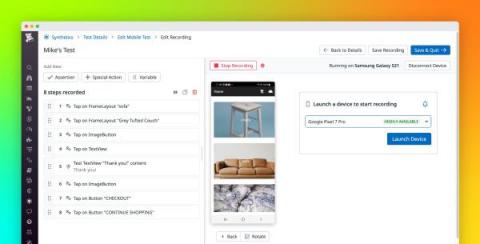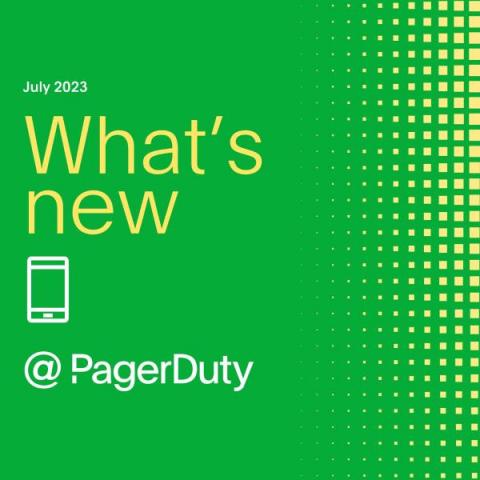How to Monitor the Performance of Mobile-Friendly Websites
Mobile-friendly websites are a must. We are all using mobile devices more and more to access information and perform all kinds of work and tasks – shopping, banking, communication, dating, etc. Needless to say, if you operate a website, you more likely want to ensure people accessing it using mobile devices – tablets, smartphones, etc. – have a great experience.











